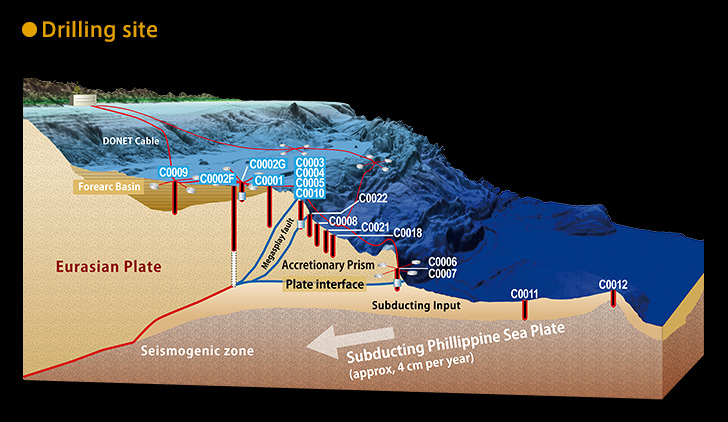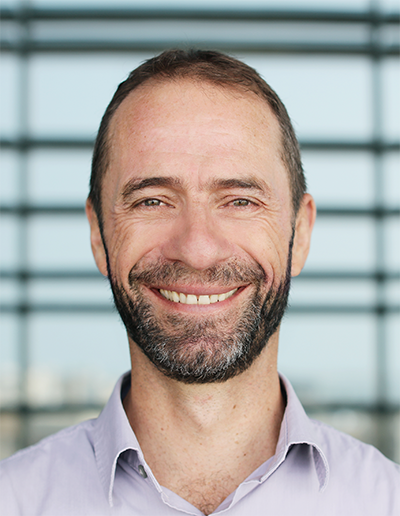.jpg?sfvrsn=1a62d0cb_0)
.jpg?sfvrsn=1a62d0cb_0)


The Center for Deep Earth Explorarion (CDEX, which is part of JAMSTEC – Japan Agency for Marine-Earth Science and Technology) plans to begin IODP (Integrated Ocean Drilling Program) Expedition 358 on 7 October 2018. The main expedition goal is to deepen an already existing riser hole from 3000 mbsf to the primary megathrust fault target at ~5200 mbsf, using logging-while-drilling (LWD), downhole measurements, and drill cuttings analysis extensively, in addition to limited coring intervals. The primary target of this scientific drilling experiment is reaching, sampling, logging, and ultimately instrumenting a prominent low-angle fault reflector at ~5000mbsf. The target depth is based on the most recent reprocessed 3D seismic data set. In other words, access the subduction plate boundary fault system, testing hypotheses for the mechanics and geological/geochemical evolution of megathrust faults, as well as determining the nature of the prominent seismic reflector. Sampling and characterization of rock lithology, chemical and physical properties, structure, and in situ stress & pore pressure conditions of the lower wedge, immediate hanging wall, fault zone and upper footwall are the primary objectives. Because of the nature of the drilling operation and need for near-real time analyses, expertise in the use of drill cuttings, mud gas, and modern well logging to address sedimentary petrology, structure, physical properties and geomechanics are all especially useful. Therefore, a real-time geomechanics operations team was put in place with the mandate to monitor, oversee, and mitigate risks and hazardous situations during the actual drilling phase of this expedition. The team is consists of ship-based and shore-based experts who will perform geomechanical analyses as part of a continuous QC/QA effort that verifies and calibrates in situ Geomechanics settings.

Thomas Finkbeiner Ph.D. (Stanford University) joined King Abdullah University of Science and Technology (KAUST) in January of 2016 as Senior Research Scientist in the Ali Al Naimi Petroleum Engineering Research Center (ANPERC). His research focus is to investigate how in response to field/reservoir pore pressure changes the present day stress field varies and how this impacts flow from the affected formations. Monitoring, modeling, understanding and predictions/forecasting from these phenomena can be applied to a variety of reservoirs such as multi-scale fractured reservoirs, unconventional reservoirs, and brown fields. Prior to joining KAUST, Thomas worked for over seventeen years in the petroleum industry mostly in the field of geomechanics and related applications. From 1998 to 2008 he was first employed by GeoMechanics International (GMI) where he managed and technically directed all of the company’s Europe, Africa, and Middle East operations. When Baker Hughes acquired GMI in 2008 he worked as Global Geomechanics Advisor with primary focus on 3D geomechanics and natural fractured reservoirs. In 2011 he was awarded Baker Hughes’ Subject Matter Expert for Geomechanics. From 2013 to 2015 Thomas worked for OMV in Vienna (Austria) as Senior Geomechanics Expert and was responsible for fostering geomechanical understanding and application in OMV E&P worldwide.
The seminar will be located in Lecture Hall 1 of the building 9, the Engineering and Science Hall, at 4:15pm.